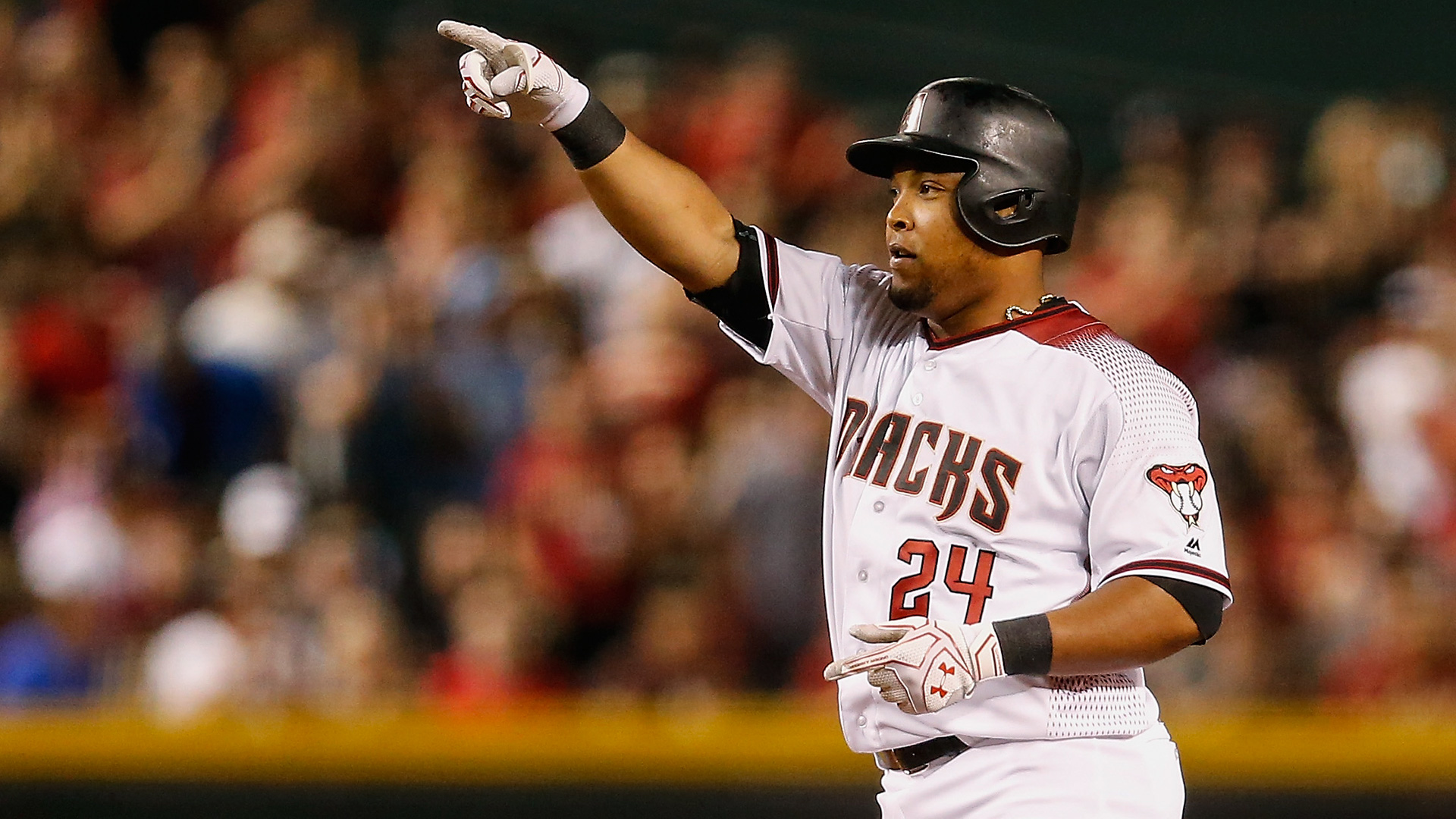When the Arizona Diamondbacks signed Yasmany Tomas to a $60 Million dollar deal, many thought the Cuban “third-baseman” would be an instant star. Little is known about Cuban players when they come over; their skills are often exaggerated and their numbers on the Cuban National Series inflated. While some players, such as Yoenis Cespedes and Jose Abreu, do come over and become instant stars, others, such as Hector Olivera, simply don’t have what it takes to make it in the majors. For the better part of last year, Tomas seemed a lot closer to the bust category than major league stardom. That assessment seems destined to change soon.
Too quick and binary is our collective assessment of players. They’re either good or bad and we know within the first weeks of April. We care little about their story, or struggles to adapt. It’s the Twitter era; context and nuance is dead.
That is the story of Yasmany Tomas. The Diamondbacks miscast Tomas as a third baseman and the metrics hated him there. They probably knew he was not a third baseman, but there he was. Unable to help the team defensively, and struggling a bit in his first offensive season at the Major League level, Tomas got a label. He was a bust, just another of the missteps in a reign of terror for a Diamondbacks front office that doesn’t even know the rules.
But that label loses all context. Craig Edwards reminded us about context with regards to Byron Buxton’s struggles. To paraphrase Edwards: Buxton has been really bad, but he’s also young and has plenty of time to figure it out. With Tomas, the story is similar. Yes, Tomas was a -1.3 bWAR and -1.4 fWAR player in 2015, but reducing a player to a single number does him an injustice. He was actually a positive contribution on offense. As a starter (non-pinch hitter) he had a 103 OPS+. That’s not bad. He was also just 24. Joc Pederson and Jorge Soler are just 24 this year and we think of them as young players. Why are we so unforgiving with Tomas?
Fast forward to this year and Tomas is still not very well regarded in baseball circles. He’s at 0.2 bWAR, -1.1 Wins above average, and 0.6 fWAR. He still grades out as a very average player, but is now around 10% better than league average offensively according to the advanced stats. He’s got 26 homers (24th in the league) and a .519 slugging (30th in the league), both better than Paul Goldschmidt, Carlos Beltran and Giancarlo Stanton.
Those raw numbers suggest that Tomas is already among the top 30 or so sluggers in the league. He even gets on base at a non-Trumbonian clip. But my early season introduction to xSLGBB said that Tomas was due for some improvement in his slugging percentage based on his batted ball profile. Andrew Perpetua’s set of stats based on batted ball information (the Google doc at the bottom of the post, also available on xstats.org) appears to show that Tomas has leveled. Perpetua’s xSLG stat shows Tomas’ expected slugging percentage at .549. Such a mark would tie him with Josh Donaldson.
I appreciate Perpetua’s stats, but I made up my own, just for these types of analysis. I ran the numbers and by my xSLGBB, based on the league-wide expected set of outcomes from when I ran this the first time in May, Tomas is expected to improve by a grand total of .005 points of slugging.
Still, even if he has already normalized to the stats that we would expect based on his batted ball profile, a 25 year old with 26 homeruns and a top 30 slugging percentage is pretty darn good. Yes, he has deficiencies in his game, but Tomas still has room for improvement. He’s never going to be Kris Bryant, Nolan Arenado, or one of the other MVP-type of young stars in the game, but he’s quietly hitting himself out of the bad label that we too quickly stuck him with.
-Sean Morash

